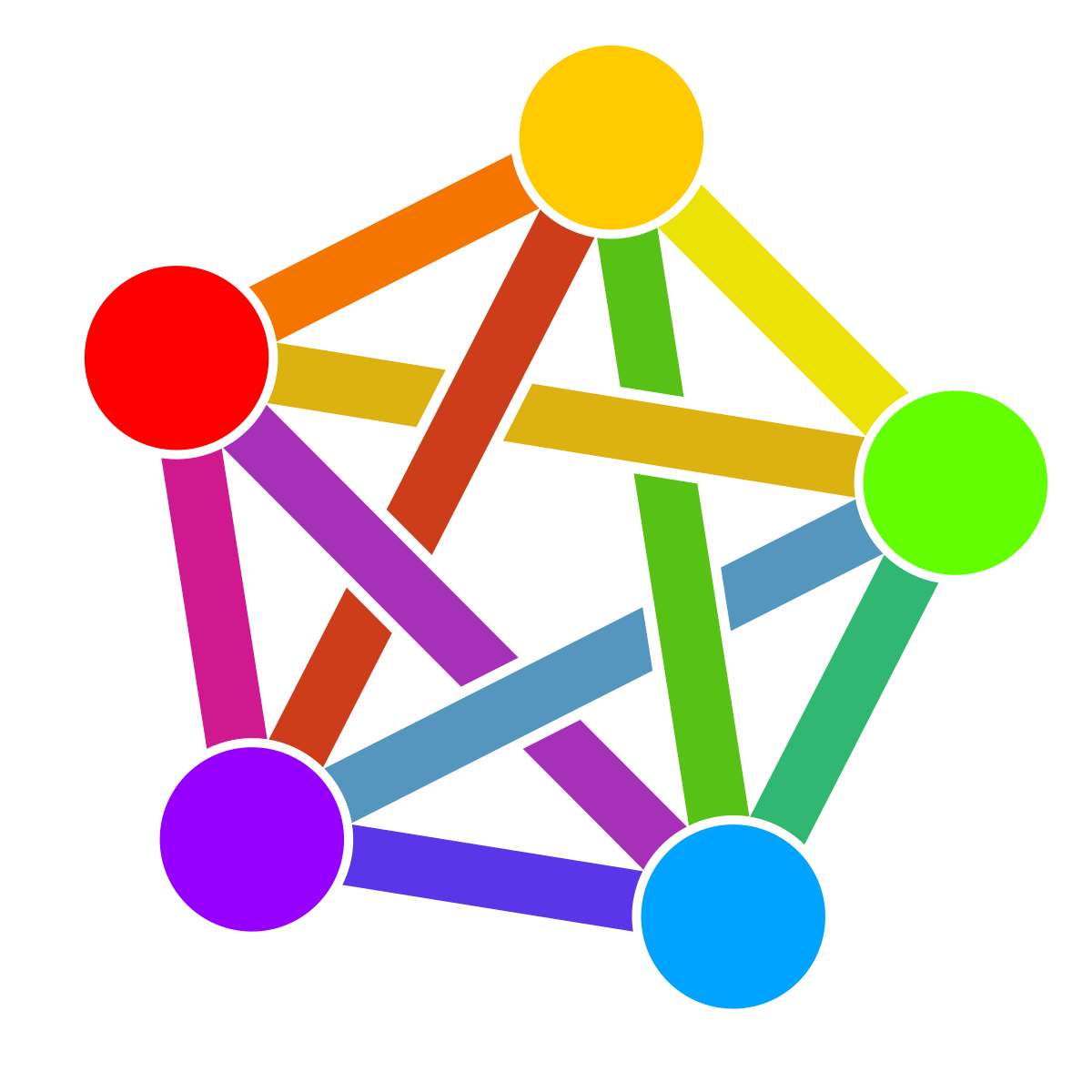cross-posted from: https://lemmy.blahaj.zone/post/7235896
Here’s how Kat Marchá describes caracoles:
"you essentially ask to join concentric federations of instances … with smaller caracoles able to vote to federate with entire other caracoles.
And @ophiocephalic’s “fedifams” are a similar idea:
Communities could align into fedifams based on whatever conditions of identity, philosophy or interest are relevant to them. Instances allied into fedifams could share resources and mutually support each other in many way"
The idea’s a natural match for community-focused, anti-surveillance capitalism free fediverses, fits in well with the Networked Communities model and helps address scalability of consent-based federation.



No its the greatest weakness of the Fediverse.
By grouping them you could be on multiple similar communities on a topic and ensure you’re not going to be spammed with the same article 10 times.
It would also help alleviate the issue of zero engagement on most niche/focused communities.
The benefit is needless redundancy.
And small niche communities might not be so small once merged and would guarantee the survival of the communities.
And sure, we can group them, link them, publish them in podcasts, whatever; but you specifically said merging them which involves only letting one of them exist. I’ve seen a couple good analyses on the issues with trying to artificially merge communities or limit creation of them, such as the points from this.